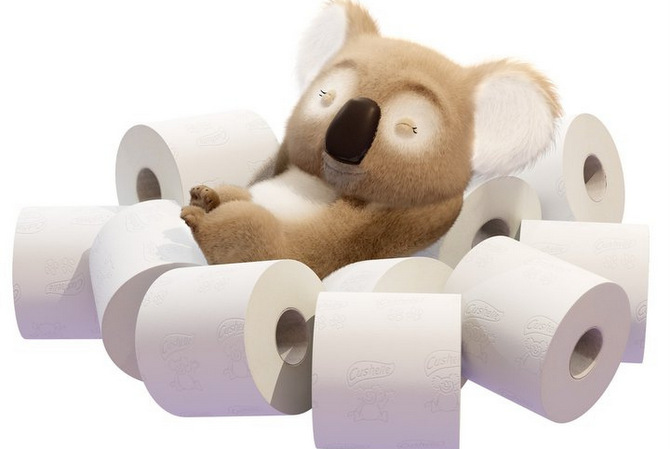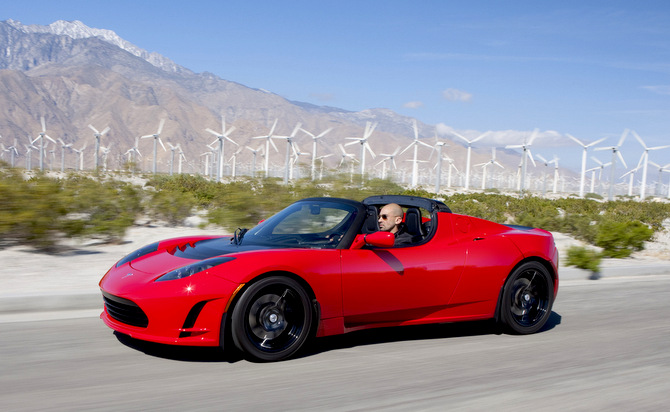
Toilet paper is one of those little things we often don’t think about…until we notice we’ve run out, of course. In fact, people on loos without toilet paper have gone so far as to tweet their distress AND actually receive a fresh roll.
While such stunts certainly underlie the significance of our habits, there’s a more sinister implication too: our consumption and manufacturing practices.
The market for toilet paper is still rife with virgin pulp toilet paper. Making matters worse is 2010’s policy (in Australia) of permitting Chinese and Indonesian imported toilet paper that’s 45% cheaper than Australian manufactured brands.
With cheaper goods come new consumer expectations. Casual shoppers are less likely to look at a label anyhow, but with significantly inexpensive options it’s not just penny-pinchers and super-shoppers opting for the most cost effective selection.
Australian manufacturers’ natural response is quite obvious: cut costs and slash prices. Aside from importing Asiatic pulp, manufacturers are also disregarding more costly methods, including the use of recyclables. That means more reckless clear cutting of native forests throughout the country and around the world, a big deal given rapid deforestation. After all, the time required to digest and expunge is far less than that needed to grow a tree.
Not all is negative however. Some progress is being made. Perhaps more due to digitalization than conservation, we are using less paper than before. A case-in-point is the Australian Conservation Fund, which managed to consume a whopping 28% less paper in 2011/12 compared to 2009/10, or from 256,121 A4 sheets to 184,783.
In regards to negative aspects of recycled toilet paper, conscious consumers and the logging industry are both quick to point out that recycled paper is rife with BPA and BPS, known for inhibiting estrogenic glands. Such chemicals are easily absorbed through the skin, so wiping with recycled paper can seem an assuredly bad idea. However, what people fail to mention is that near all paper products contain BPA and BPS, from currency to concert tickets. In other words, BPA and BPS exposure is inescapable.
That mentioned, we as consumers have the power to actualize change within the toilet paper industry. Namely:
Look at the Label
While hardly the poster-boy for reputable ecological practices, Australian logging companies are still under worlds more scrutiny than those in Indonesia and China, which are known for laying waste to endangered and irreplaceable habitats. The only problem is that pulp can also be imported for manufacturing.
Don’t Just Go Green, Go Educated
Recycled toilet paper is a definite balance between convenience and sustainable practice. However, labels can be deceiving. Logging industry funded Australian Forestry Standard (AFS) puts its label on between 80-90% of all paper products. Meanwhile, the state funded Forest Stewardship Council (FSC) approves only about 10%.
Find Retailers that Stock the Right Options
More stores are stocking recyclable loo paper thanks to greater public interest. However, not all stores are, and not all stores are stocking the right brands. Those who can’t find what they’re seeking can go online.
Encourage Institutional Adoption
Personal practices are the foundation of any successful consumer campaign. However, institutions have a lot of power too. Petition your school, church, public buildings and elsewhere to exclusively stock FSC approved recycled toilet paper. Manufacturers listen to major distributors and consumer far more than any one of us.
Find Alternatives
Bidets, washable linens, ferns, or hands with soap and water are feasible options for home use, though toting around several wipe-cloths may not be ideal when traveling. Still, every bit helps.





Leave a Comment